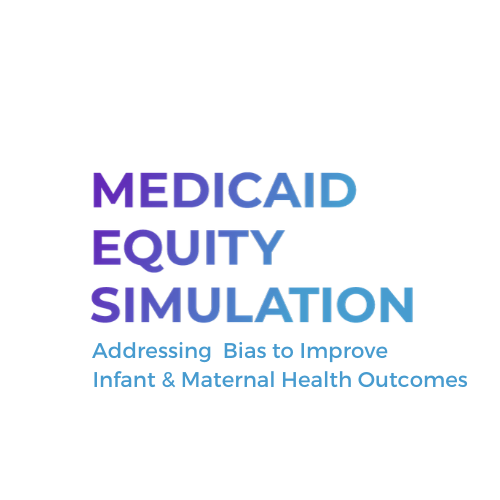Journey 5
Check your Blindspots
Course Progress
Summary

In this section, we will learn about biases and how they may affect our perceptions and judgments about our patients.
Bias is an inclination to judge without question, awareness, intention, or control. Biases are shaped by a lifetime of real-world encounters, vicarious experiences (books, magazines, movies, tv, newspapers, and stories), our cultural identities, the way we identify with subcultures, level of education, economic status, or things like where we shop, eat, play, or pray.
Everybody has biases, and they work in moments when we may minimize something important, or make more of something that really may be unimportant.
Although it may be uncomfortable at times, for our patients’ sakes, we must be willing to acknowledge our own biases and their effects.
Learning Objectives

- Awareness of the impact of cultural factors on how healthcare providers and patients interact with one another and how this influences health outcomes
- Increasing health providers knowledge of cultural issues, including disease incidence and/or prevalence as well as historical factors that might shape health behaviors
- Building skills including empathy and motivational interviewing to communicate and provide treatment for patients from differing backgrounds.
Earn Your Badge – Journey Requirements
Learning Activities
-
Home
-
Platform Overview
-
My Dashboard
-
Journeys
- ← Back
-
Journey 1 – Let’s preboard…What’s in your Toolbox?
-
Journey 2: Babies at Risk
-
Journey 3: The Arc of History
-
Journey 4: SDoH Rx
-
Journey 5 – Check your Blindspots
-
Journey 6 – AR – A Walk in your Patients’ Shoes
-
Journey 7 – Over the Shoulder View with VR
-
Journey 8 – How My Journeys Have Informed Me
-
Bibliography
-
My Reflections Journal
-
Support

